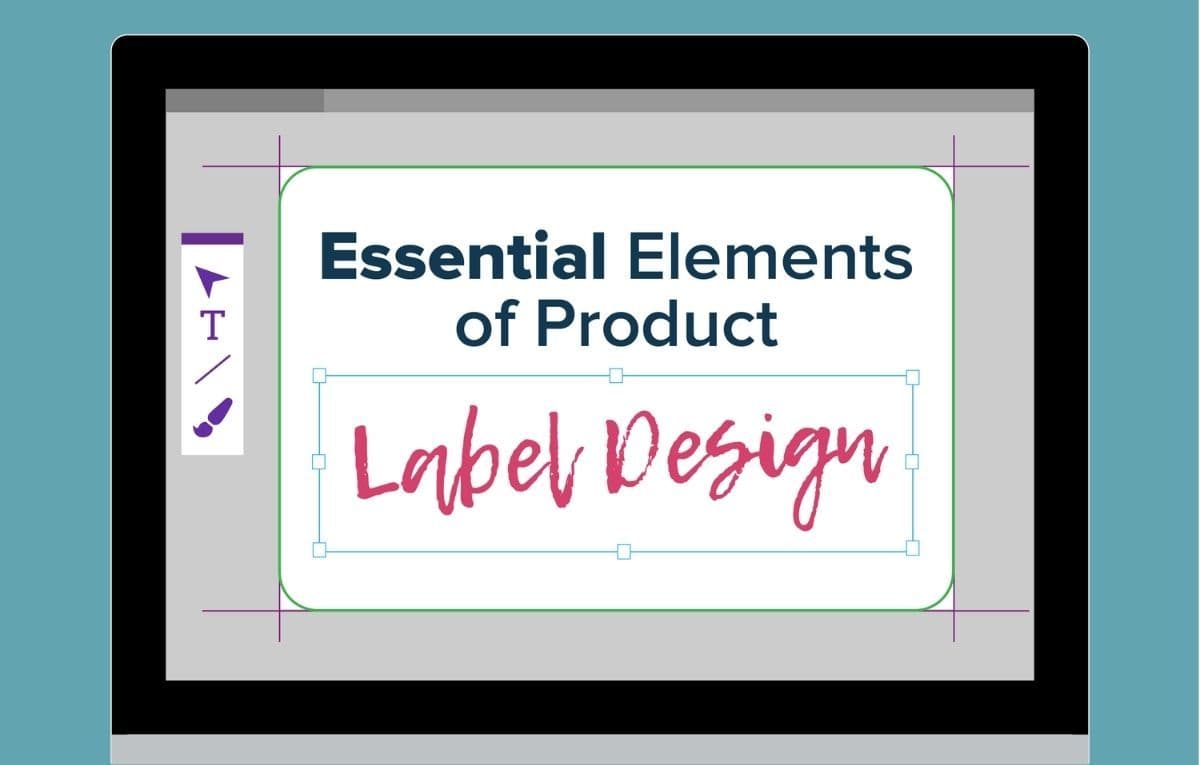5 Essential Elements of Product Label Design
Product Label Design is something you must succeed with when launching and creating a product. After all, what would a product be without an appealing label design? And how would you attract consumers without it?
Your product label design has one overall main purpose: to appeal to your audience.
High visual appeal sparks consumer curiosity, leaving them with the desire to discover more about your product. As well as appealing to the consumer, your label design must be informative to let the customer know what the product is and who your brand is!
However, as a brand owners you may be thinking, where do I start when creating product label design? And how do I ensure it is a successful marketing tool?
Our in-depth experience in brand management and packaging design here at Springfield Solutions has taught us a few things about just that. So, let’s get into the 5 essential steps you must follow to create successful product label design.
1 – Choose Correct Software to Create Print-Ready Files
Before you begin designing your product label, you must first ensure that you are using the correct software.
Some software examples include:
- Illustrator
- InDesign
- Photoshop
These examples of design software allow you to work in high-quality vectors, which means your designs will not pixelate when resized and printed.

Once you have selected the appropriate design software, you must set up your files to be ‘print-ready’. This includes setting up margins, bleed areas and ensuring that your file is set up using CMYK.
This is an essential first step in creating product label design that you must not miss.
Read more about the design-to-print process here.
Unsure on how to set up your files for print? Get in touch about our Brand Management and Reprographics services!
2 – Determine Label Size & Material
The next element you must consider when creating product label design is label size and material.
When choosing your label size and material, you should consider:
- Consistency with existing products
- Industry standards
- Product use
- Packaging size
All in all, it is important to choose a label size and material that is appropriate for your product.
Ensuring that your label will fit correctly onto your chosen packaging component and perform well when used. As well as having enough room on the label to include the necessary information!
3 – Adhere to Regulations and Add Additional Languages
When you are creating your label design, space could be an issue.
Of course, the essential information for your label, such as brand and product name are priority. However, industry regulations and additional languages are also essential.
Your brand and product name is how you market your brand and product efficiently. But the regulation information such as warning labels is just as essential – without it you may face further issues.

Additional languages are also essential, especially when selling into multiple markets worldwide.
Some brands may create bespoke packaging for differing countries and languages. However, it is also an option to utilise extended content labels to include the required languages all in one place.
Check out our self-adhesive label options to best present your product information here.
4 – Ignite Visual Appeal
Visual appeal is another essential element of creating your label design. The purpose of this is to appeal to the consumer and in turn, increase sales!

Eye-catching imagery and iconography that matches your product’s unique selling points is a good place to start.
Sensory appeals using additional printed details are also a great way to appeal to consumers. Embellishments like tactile raised elements, foiled accents, or a matt varnish satisfy the senses when a consumer picks up your product. Communicating luxury and placing your product above the competition.
5 – Consider Functionality
Consider the elements of your label design that will be useful for a buyer, and the function that your label serves.
Does it showcase your brand logo and product name as an accompaniment to an already visible product, such as on transparent food packaging? Or is the product itself not visible at all? Meaning the label must give as much information as possible so that the consumer knows what it is.

Your product label design must provide as much value as possible to the consumer. This will assist them in making a purchasing choice.
To conclude, it is absolutely essential to keep your consumer in mind when creating product label design.
Including how it will appeal to them, how it will provide value and how it will perform when the product is used.
Not only that, but it is also important to consider how your label design presents your brand. This includes a high-quality design, showcasing your logo and branding as well as appearing consistent across a range of products.
Are you interested in learning more about Reprographics and the product label design process? Click here to read our in-depth guide!

